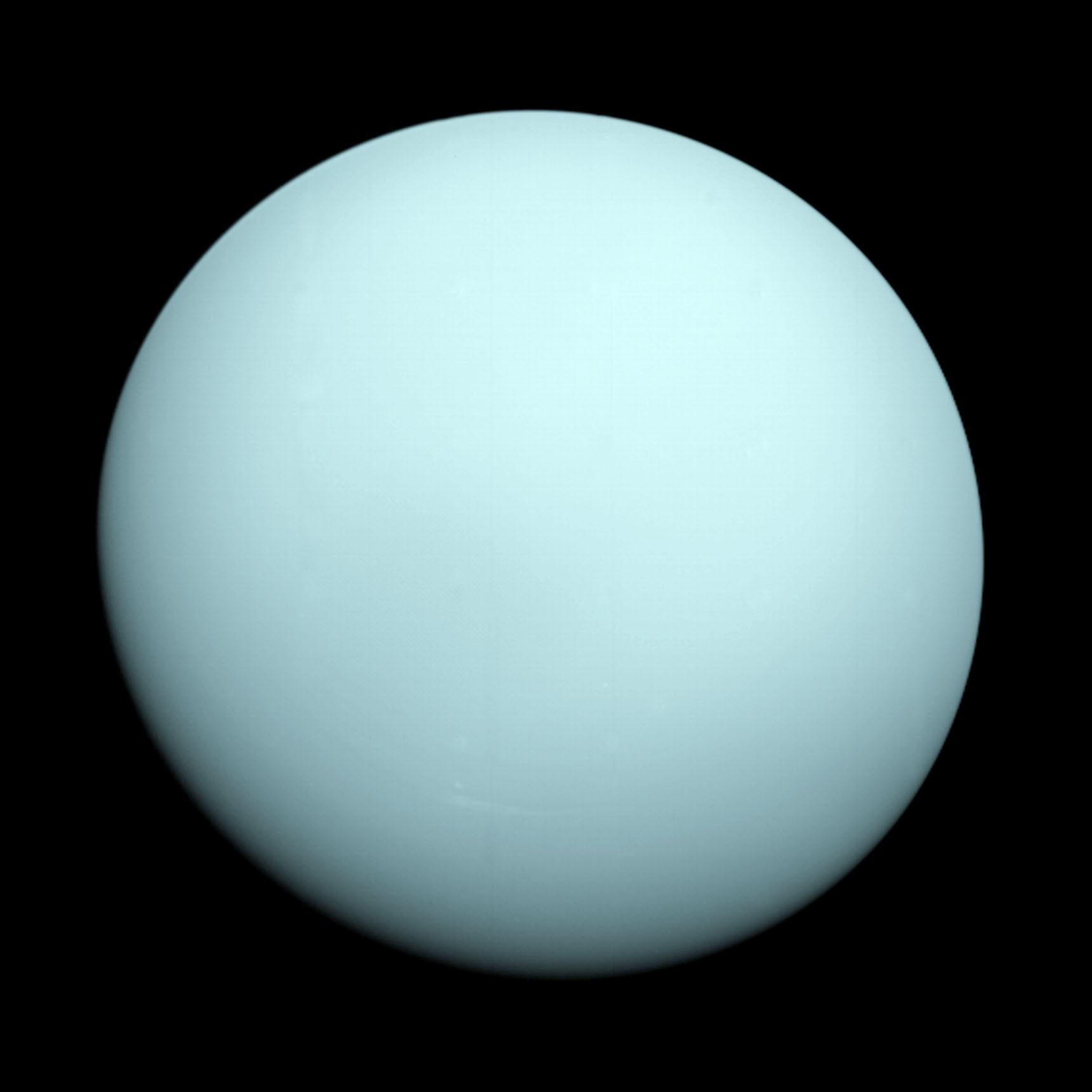News | August 21, 2023
All Eyes on the Ice Giants

This is an image of the planet Uranus taken by the spacecraft Voyager 2 in 1986.
NASA’s New Horizons Team Calls for the Amateur Astronomical Community to Augment the Mission’s Observations of Uranus and Neptune
NASA’s New Horizons spacecraft plans to observe Uranus and Neptune from its location far out in the outer solar system this fall, and the mission team is inviting the global amateur astronomy community to come along for the ride – and make a real contribution to space science – by observing both ice giants at the same time.
In September – in tandem with the Hubble Space Telescope – New Horizons will turn its color camera toward Uranus and Neptune. From New Horizons’ position in the Kuiper Belt, more than 5 billion miles from Earth, these unique images acquired from “behind” the two giant planets will provide new insights into the atmospheres above and the energy balance within both worlds.
“By combining the information New Horizons collects in space with data from telescopes on Earth, we can supplement and even strengthen our models to uncover the mysteries swirling in the atmospheres of Uranus and Neptune,” said Alan Stern, New Horizons principal investigator from the Southwest Research Institute in Boulder, Colorado. “Even from amateur astronomer telescopes as small as 16 inches, these complementary observations can be extremely important.”


